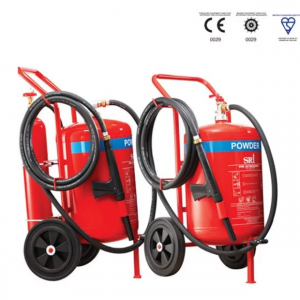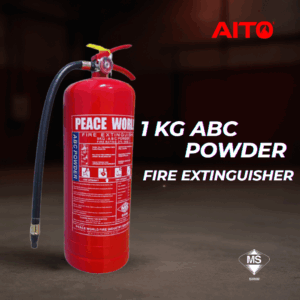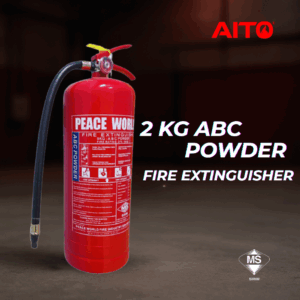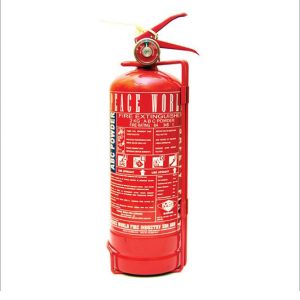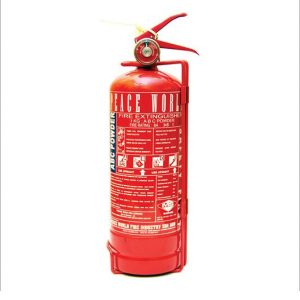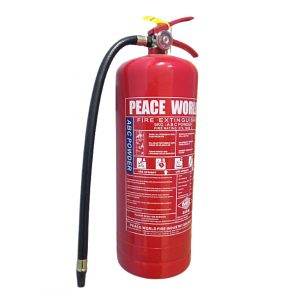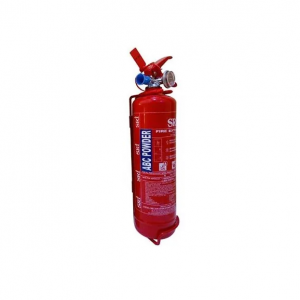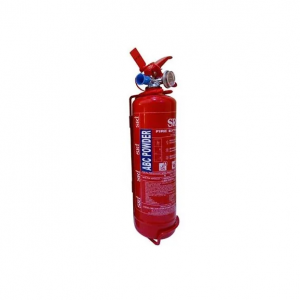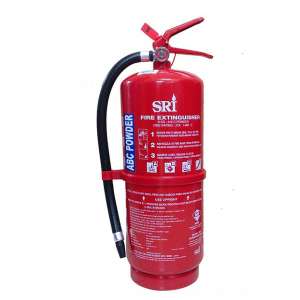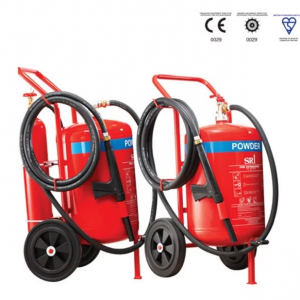Fire Sprinklers Fire Prevention and Suppression
Fire sprinklers are an integral part of fire safety systems in commercial and residential buildings. They are passive protection systems designed to detect, suppress, or control the spread of fire before firefighters arrive.
Operating Principles
It will operate by detecting a sudden increase in temperature due to fire. Each sprinkler is equipped with a thermal triggering element that opens at a specific temperature. When the temperature around the sprinkler reaches the set threshold, the triggering element melts, allowing water to flow from the sprinkler to the affected area to extinguish the fire.
Types of Sprinklers
- Conventional Sprinklers: These sprinklers open individually, releasing water when the temperature around them increases.
- Deluge Sprinklers: These sprinklers are connected to a water-filled pipe system. When one sprinkler opens, all sprinklers in the system also open.
- Air-Release Sprinklers: These sprinklers release air before water, reducing the risk of damage from high water pressure.
- Leakage-Prevention Sprinklers: Containing a water-filled bulb that breaks if the sprinkler is damaged, shutting off the water flow and preventing waste.
Benefits of Fire Sprinklers
- Automatic Fire Suppression: Sprinklers respond automatically to fires, reducing response time and the risk of damage caused by fire.
- Early Fire Suppression: Sprinklers can detect and suppress fires at an early stage, preventing fire spread before firefighters arrive.
- 24/7 Protection: Sprinklers operate around the clock, providing protection at all times, including when buildings are vacant or occupants are asleep.
- Damage Reduction: By extinguishing fires as early as possible, sprinklers can reduce damage to property and building structures.

Advantages of Fire Sprinklers
- Hidden Design: Sprinklers are typically installed in ceilings, aligning with the building’s interior design and not affecting aesthetics.
- Cost-Effectiveness: The installation cost of sprinklers is relatively low compared to the potential losses from fire damage.
- Installation Flexibility: Sprinklers can be installed in various types of buildings and environments, including both old and new buildings.
Fire sprinklers are a critical aspect of fire safety that provide effective passive protection. With automatic response to fires and the ability to suppress fires early, sprinklers can reduce the risk of damage and save lives. It is important to understand the operating principles, types, and benefits to increase awareness of fire safety and promote the installation of sprinklers in both new and existing buildings.
Get your consultation here!



